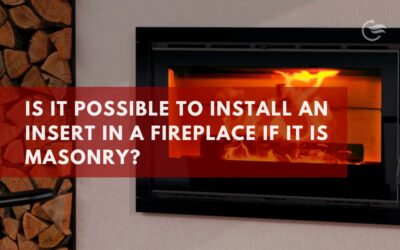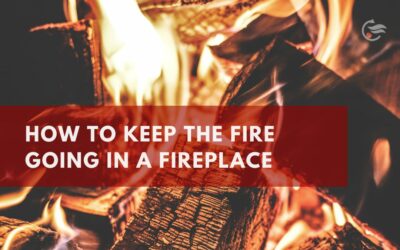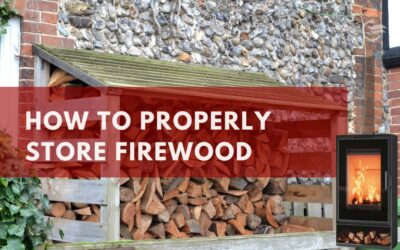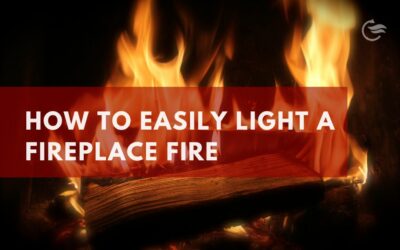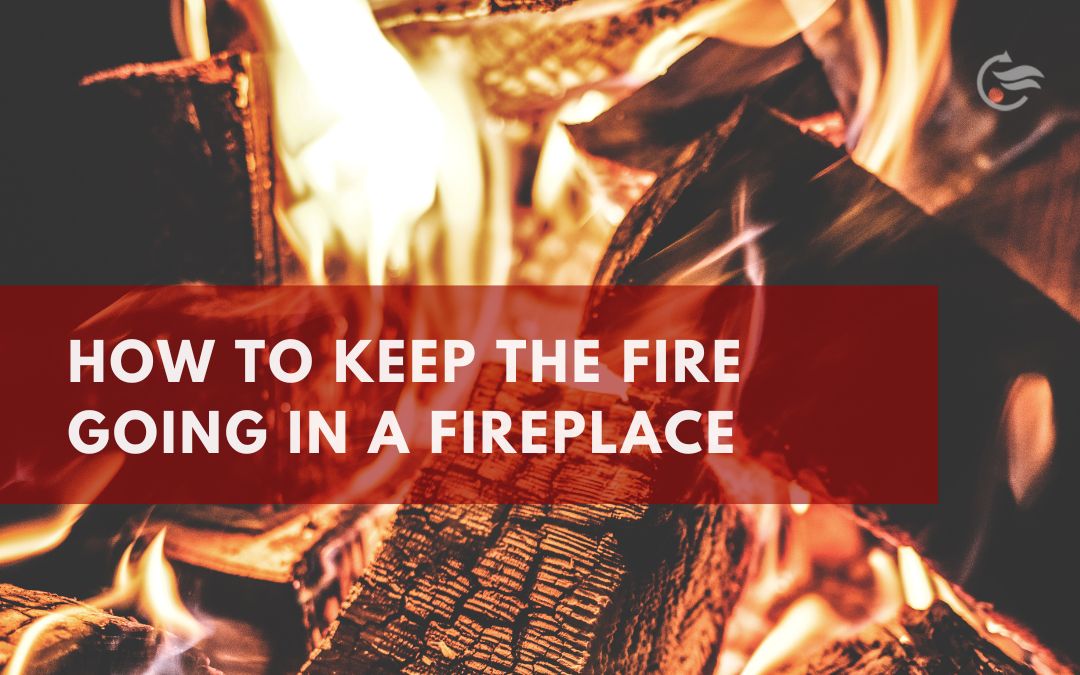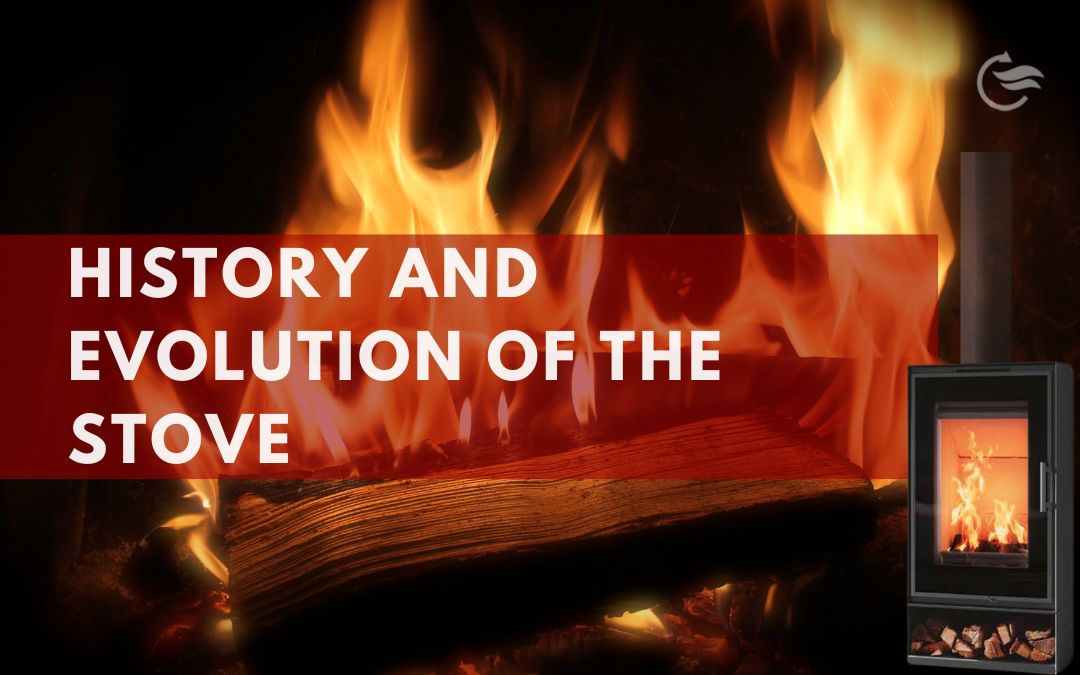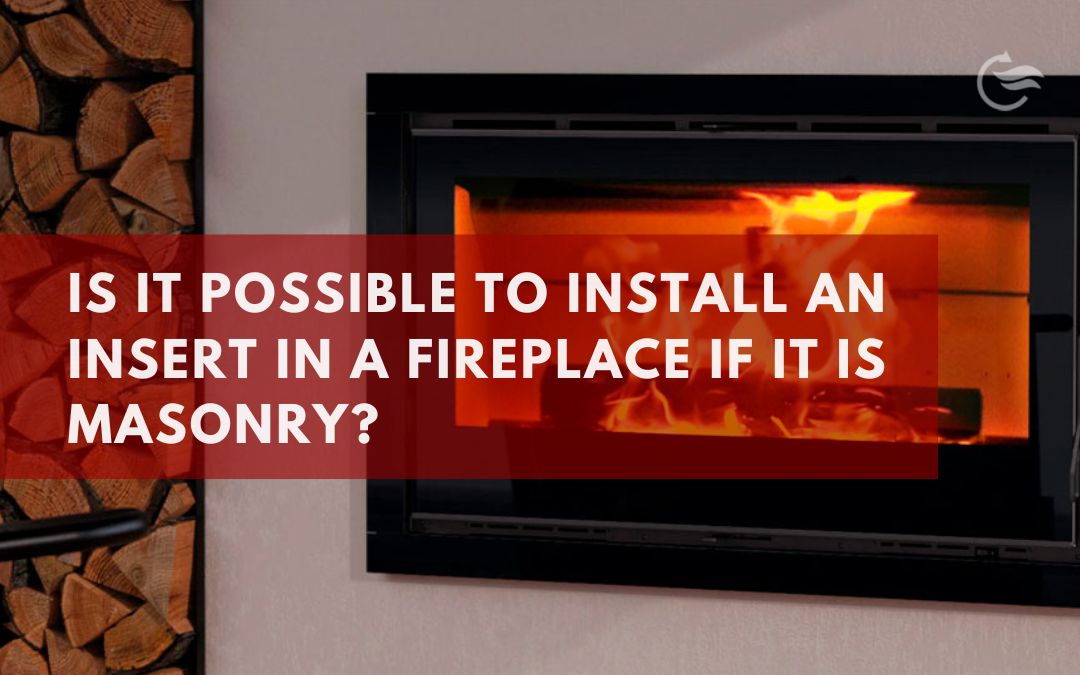
Is it possible to install an insert in a fireplace if it is masonry?
Have you ever heard of insertable fireplaces, cassettes, or inserts for fireplaces?
Then you’ve probably thought about the possibility of installing one in your own fireplace to enjoy all their advantages: greater efficiency, fuel savings, a faster feeling of comfort… But you might be wondering: What if my fireplace is masonry? Can I install an insert in a masonry fireplace?
Below, we answer this question—so pay attention!
What is an insert?
An insert, also called an insertable unit, is a combustion chamber equipped with turbines or fans at the bottom. This chamber is installed in fireplaces with the goal of improving efficiency and performance. Combustion will improve significantly, and if you choose a model with turbines, they push the already heated air upward and distribute it throughout the room, creating a warm feeling much more quickly.
It’s worth noting that the fans usually have multiple settings to increase or decrease the airflow speed, allowing you to regulate the air output.
Is it possible to install an insert in a fireplace if it is masonry?
As you can see, installing an insert is a great idea. But if you want to do it in a masonry fireplace, you might not be sure whether it’s possible or not. The answer is yes! It is indeed possible to install an insert in a masonry fireplace—and in fact, they are designed for this purpose. However, don’t try to do it yourself! Make sure to hire professionals who will handle the installation to achieve the best result.
Some points you should keep in mind if you want to install an insert cassette in your masonry fireplace are:
- Your heating needs, in other words, the power you need to heat the room.
- The dimensions of the existing fireplace opening.
- Visit an authorized dealer who will guide you and ensure a proper installation.
So now you know: if you are thinking about adding an insert to your masonry fireplace, go for it! You’ll see how the efficiency of your fireplace multiplies without sacrificing its aesthetics or charm. You won’t want to leave your fireplace all winter long!
Download our stove and fireplace catalog and discover a wide range of possibilities.
RELATED ARTICLES
